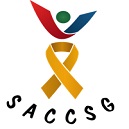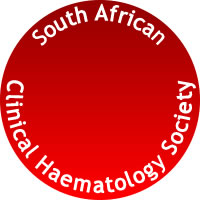Original Research
Diffuse large B-cell lymphoma in a high human immunodeficiency virus (HIV) prevalence, low-resource setting
Submitted: 03 October 2019 | Published: 24 February 2020
About the author(s)
Pumza S. Magangane, Division of Anatomical Pathology, Department of Pathology, University of Cape Town, Cape Town, South Africa; and, National Health Laboratory Services, Cape Town, South AfricaZainab Mohamed, Department of Radiation Oncology, University of Cape Town, Cape Town, South Africa; and, Groote Schuur Hospital, Cape Town, South Africa
Richard Naidoo, Division of Anatomical Pathology, Department of Pathology, University of Cape Town, Cape Town, South Africa; and, National Health Laboratory Services, Cape Town, South Africa
Abstract
Background: Diffuse large B-cell lymphoma (DLBCL) is a heterogeneous disease that includes a wide spectrum of lymphomas posing challenges in diagnosis and treatment. Diffuse large B-cell lymphoma is the most common lymphoma subtype occurring in older populations as well as in younger HIV-infected patients. Outcomes have improved with antiretroviral therapy and the use of rituximab; however, it remains poorly treated in resource-constrained countries.
Aim: This study aimed to determine differences in clinical features between HIV-negative and HIV-positive DLBCL cases by conducting a retrospective study
Setting: A tertiary hospital in Cape Town, South Africa.
Methods: We evaluated 263 DLBCL cases grouped according to HIV status over an 11-year period.
Results: The clinical features for HIV-negative and HIV-positive DLBCL cases were similar except for age of presentation and frequency of elevated lactate dehydrogenase (LDH). Several factors were prognostic for all DLBCL cases, including age of presentation, gender, stage, LDH and bone marrow involvement. In addition, extranodal site was also a prognostic indicator for the HIV-negative cohort.
Conclusion: Our study concluded that HIV-negative and HIV-positive DLBCL cases generally have similar clinicopathological and prognostic features.
Keywords
Metrics
Total abstract views: 4781Total article views: 5277



